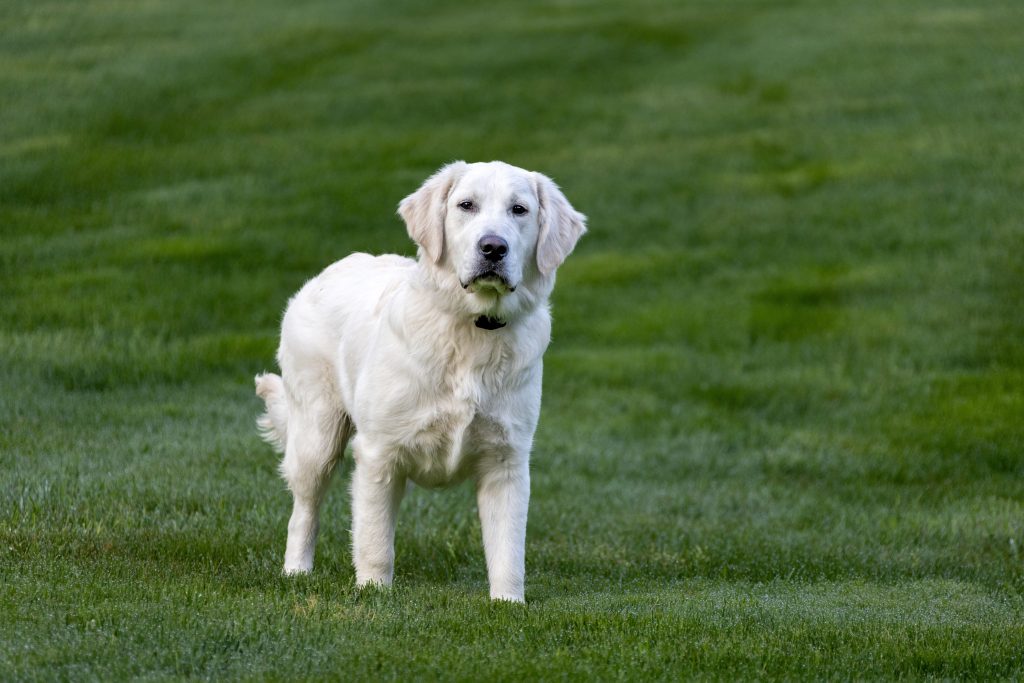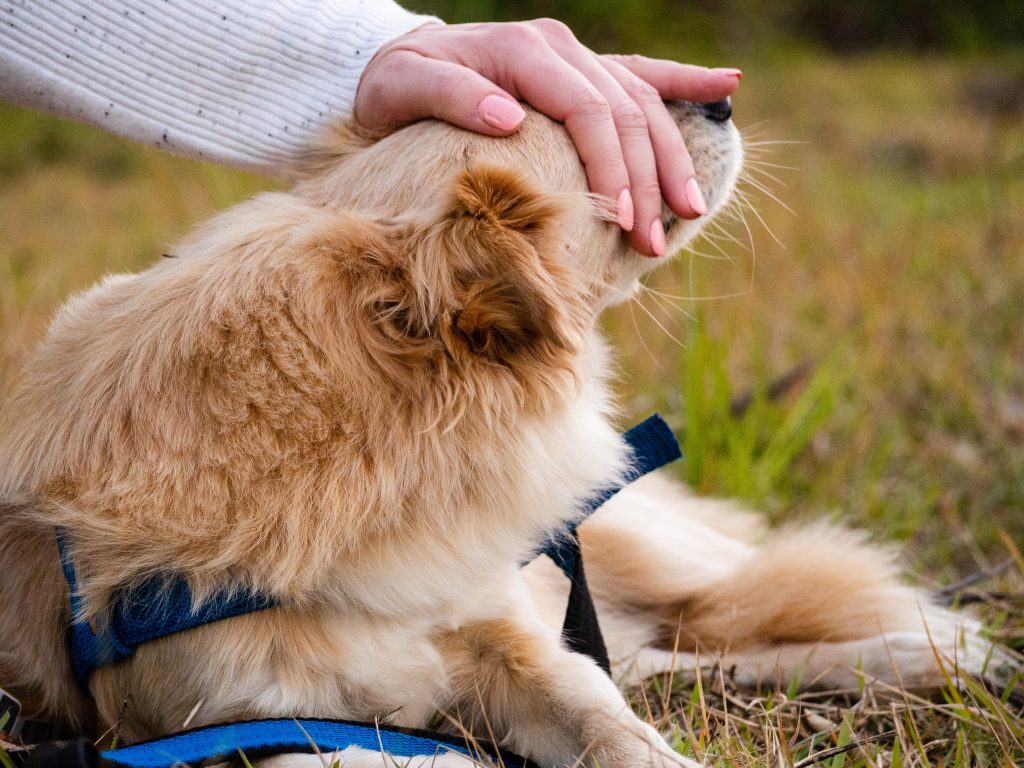Mast cell tumors are one of the most common skin cancers in dogs, accounting for approximately 20% of all dog skin tumors. These tumors originate from mast cells, which are a type of white blood cell involved in allergic and inflammatory responses. MCTs can occur anywhere on the body but are most commonly found on the trunk, limbs, and between the toes. They can vary widely in appearance and behavior, ranging from benign to highly aggressive. The exact cause of MCTs is unknown, but genetic factors are believed to play a role, with certain breeds like Boxers, Boston Terriers, Labrador Retrievers, and Golden Retrievers showing a higher predisposition. MCTs can affect dogs of any age, but they are most commonly diagnosed in dogs between 8 and 10 years old. Due to their variable nature and potential for serious complications.
Signs and Symptoms:
The signs and symptoms of mast cell tumors in dogs can be highly variable, making them challenging to identify based on appearance alone. MCTs often appear as raised lumps on or under the skin, which can vary in size from very small to several centimeters. These lumps may be soft or firm, and the overlying skin might be red, ulcerated, or hairless. One distinctive characteristic of MCTs is their ability to fluctuate in size, sometimes growing larger and then shrinking down again. This fluctuation is often related to the release of histamine from the mast cells. Some dogs may experience itching or discomfort at the tumor site. In more advanced cases or with highly aggressive tumors, dogs may show systemic symptoms such as vomiting, diarrhea, loss of appetite, or lethargy due to the release of histamine and other inflammatory mediators. It’s crucial to note that not all MCTs will show all these signs, and some may appear very similar to benign skin growths.
Treatment Advice:
The treatment of mast cell tumors in dogs typically involves a multi-modal approach, tailored to the individual case based on factors such as tumor grade, location, and stage of disease. The primary treatment for most MCTs is surgical removal with wide margins to ensure complete excision of the tumor. In cases where complete surgical removal is not possible due to the tumor’s location or size, radiation therapy may be recommended, either alone or in combination with surgery. In addition to these primary treatments, supportive medications are often prescribed to manage the side effects of mast cell degranulation, including antihistamines and gastric acid blockers. Regular follow-up appointments and monitoring are crucial, as MCTs can recur or new tumors can develop. The prognosis for dogs with MCTs can vary widely depending on the tumor grade and the extent of the disease at diagnosis, emphasizing the importance of early detection and treatment.
Preventive Measures:
Preventing mast cell tumors in dogs can be challenging as the exact cause is not fully understood. However, there are several measures that can potentially reduce the risk or aid in early detection. Regular thorough physical examinations of your dog, including checking for any new lumps or bumps on the skin, can help in early identification of potential MCTs. Maintaining a healthy lifestyle for your dog, including a balanced diet, regular exercise, and weight management, can support overall health and potentially reduce cancer risk. Studies suggest that reducing exposure to potential carcinogens, such as lawn chemicals and secondhand smoke, may be beneficial. For breeds with a known genetic predisposition to MCTs, responsible breeding practices and genetic counseling can help reduce the incidence in future generations. While these measures cannot guarantee prevention of MCTs, they can contribute to better overall health and potentially aid in early detection if tumors do develop. Early detection remains one of the most crucial factors in successful treatment of MCTs.
Conclusion:
Mast cell tumors continue to be a significant health concern for dogs, presenting challenges in diagnosis, treatment, and management. The variable nature of these tumors underscores the importance of vigilant monitoring by pet owners and regular veterinary check-ups, particularly for breeds with higher predisposition. While the unpredictable behavior of MCTs can be daunting, advancements in veterinary oncology have significantly improved our ability to treat and manage these tumors effectively. The key to successful outcomes lies in early detection, accurate grading and staging, and a comprehensive treatment approach tailored to each individual case. As research in canine oncology progresses, we may see further improvements in treatment options and possibly even preventive strategies in the future. For now, dog owners should focus on regular health monitoring, prompt veterinary attention to any suspicious skin growths, and provide the best possible care for their pets if diagnosed with MCTs. With proper treatment and management, many dogs with mast cell tumors can enjoy a good quality of life and extended survival times.




 On demand visits for urgent issues 24/7
On demand visits for urgent issues 24/7 








